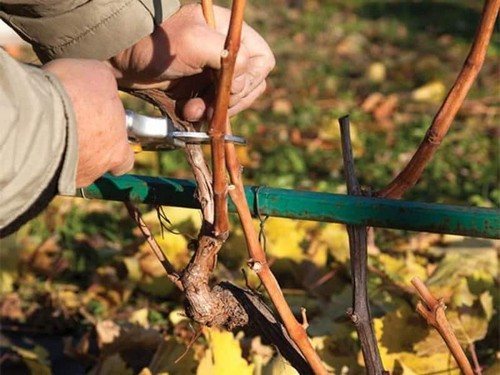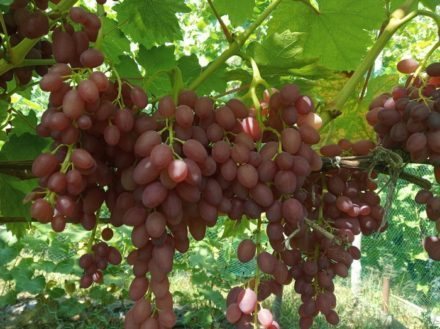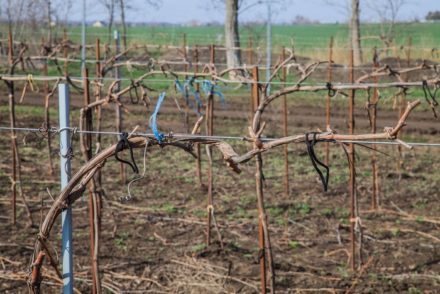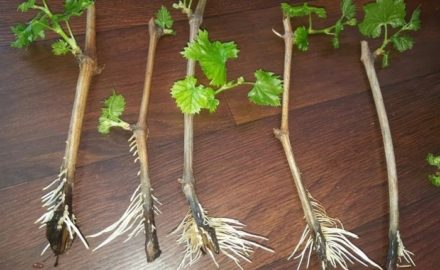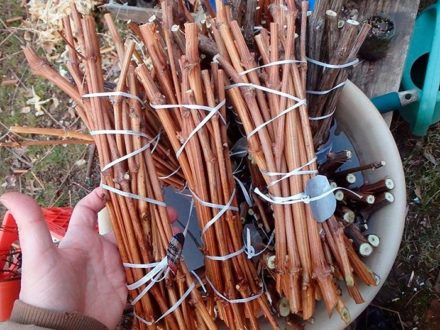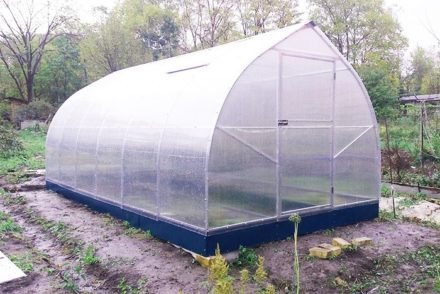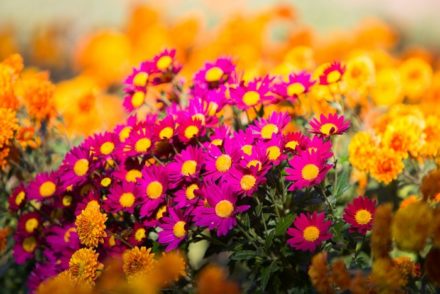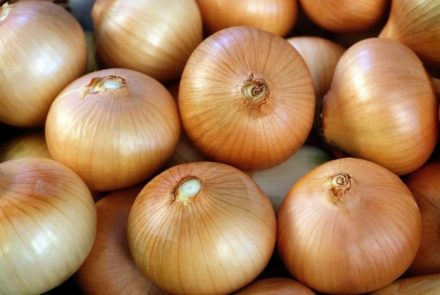After harvesting, caring for the vine continues. It is necessary so that the grapes enter the new season renewed, full of energy and strength, ready for new fruiting. And the winter will pass calmly, without complications. When leaving, mistakes are possible that should not be made. Otherwise, spring efforts will be in vain.
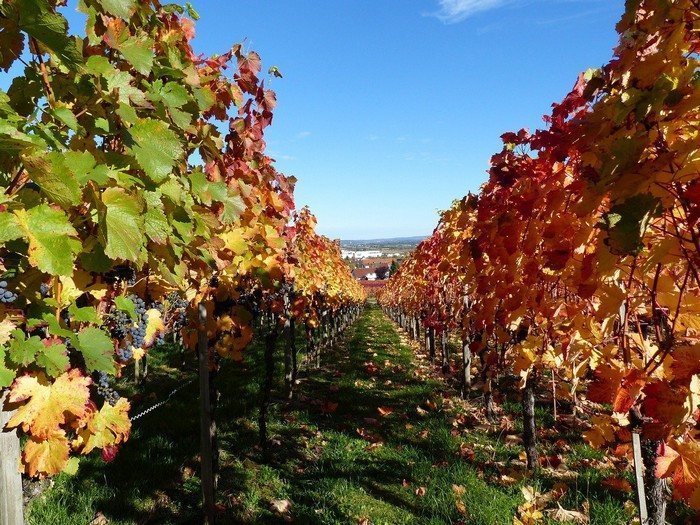
The main mistakes of winegrowers
After the harvest is harvested, basic agrotechnical measures are carried out, but mistakes await gardeners at each stage. The most common of them are the following:
- Continue watering after fruiting.
- Stop feeding.
- Violation of the pest control regime.
- Disadvantages in loosening.
- Avoid mulching.
The mistakes are serious, but correctable, provided the gardener is interested in getting a good harvest next year. And recommendations from experienced gardeners will help improve the situation.
Continued watering after fruiting
A mistake common even among experienced gardeners. Immediately after harvesting the grapes, the vine does not require constant watering. The liquid that was used to ripen the berries was no longer needed. And until late autumn, watering is suspended.
In October - November, the bushes begin to be watered again, abundantly and often. Before wintering, the soil and root system need good moisture. Some winegrowers even dig tubes into the ground to help water reach the roots faster.
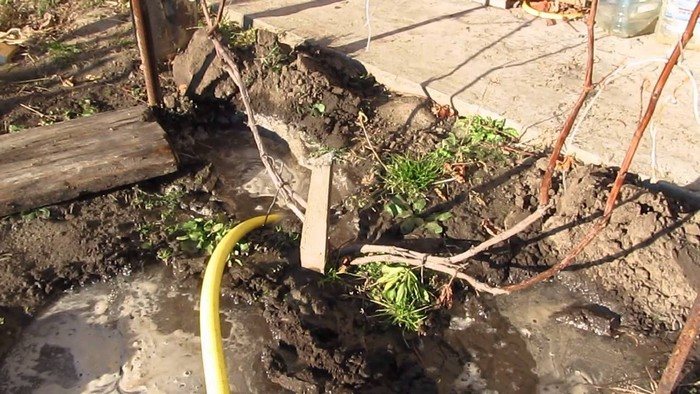
Stopping fertilizing
Some gardeners consider fertilizing as an optional procedure after fruiting and stop it. This is a misconception. It is necessary to apply fertilizers.
Rotted manure, compost or bird droppings are added to the digging, thereby opening up full access to oxygen.
Mineral fertilizers containing copper and potassium are added to organic matter. The elements strengthen the immune system, which helps cope with frost and winds.
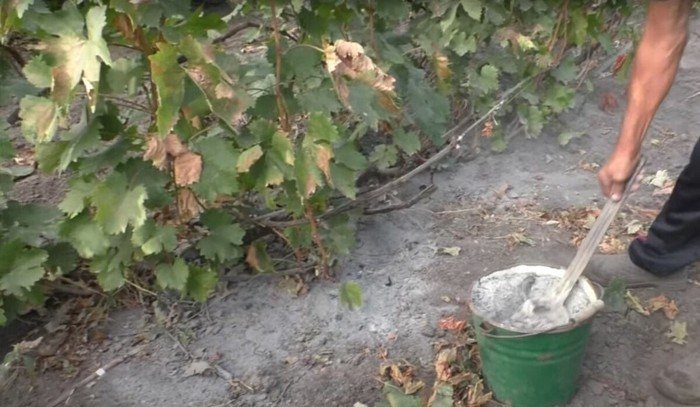
Errors when preparing fertilizer
Bird droppings in liquid form are well absorbed by the roots. The composition is prepared independently. But at the same time, errors in concentration are possible, which lead to burns of foliage and vines.
Correct recipe:
- Litter and water are combined in a ratio of 1:3.
- Leave for 7–9 days in a dark place.
- For irrigation, the resulting solution is diluted with water in a ratio of 1:8.
- Water 0.5 liters of the resulting solution per bush under the root.
Use of nitrogen fertilizers
Sometimes gardeners use nitrogen fertilizers, which is completely unacceptable. Nitrogen fertilizing provokes the growth of green mass, which grapes do not need in the fall. New greenery will freeze in winter and will require spring pruning.
Violation of the pest control regime
The erroneous opinion that preventive measures against diseases and pests are unnecessary will aggravate the situation in the future. Autumn is precisely the time when there is no risk of spoiling the harvest, and the benefits of processing are maximum.
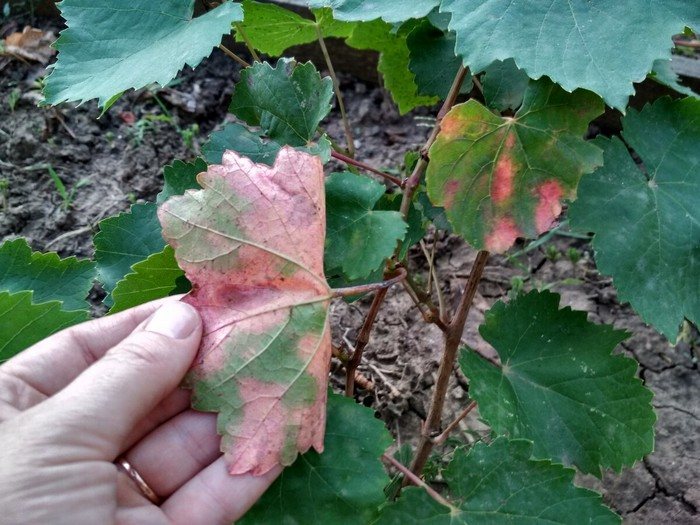
Recommendations
Spraying is carried out in the evening in calm weather. In rainy autumn, the vines are not processed. For the procedure, a spray bottle is used to treat the leaves. This is done with caution.Preparations should not get on the ground, since absorption of solutions by roots is unsafe.
It is a mistake to spray in late autumn. It is better to postpone the procedure until spring.
Disadvantages when loosening
Loosening the soil is not always useful, and before winter it is a real test for the root system. The best option for loosening is before fertilizing or after watering. As soon as preparation for winter frosts ends, loosening stops.
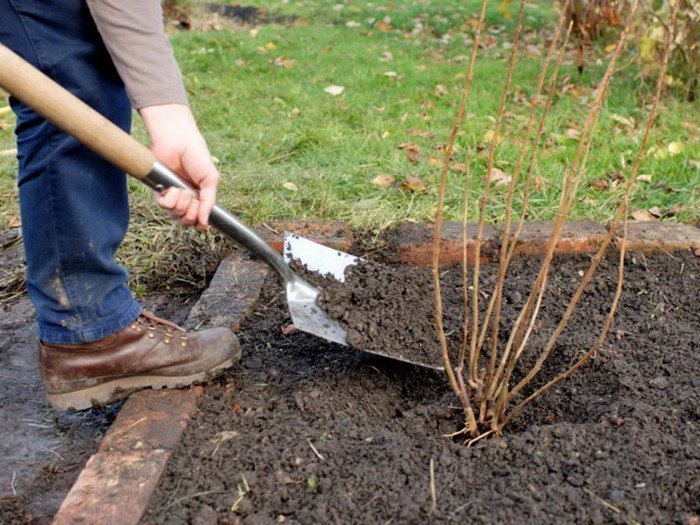
Refusal to mulch
This is a gross mistake of gardeners, since mulch protects the roots from freezing, creates conditions for the supply of nutrition to the roots and for the improvement of the crop. For grapes, mulching with hay, spruce branches, dry grass, compost and humus is recommended.

Another error is possible at this stage. If you do not adhere to deadlines and close the grapes early, then the appearance of fungus and mold is a common occurrence. If the deadline is delayed, the plant can be frozen. The optimal time for mulching and covering for the winter is 2 weeks before the onset of cold weather.
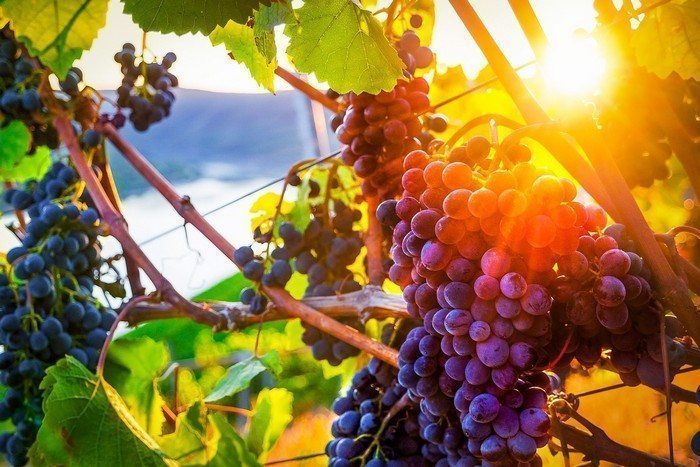
Winegrowers are not immune to mistakes. But you need to learn to recognize them and correct them in a timely manner. Only proper care of the vine after fruiting will provide gardeners with a good harvest next year.


